Driving through Botswana is totally a challenge. We are facing one of the most depopulated countries in Africa with sandy roads and national parks full of animals that we will cross alone with our 4×4. Here are some tips that may be helpful if you are traveling by car through Botswana:
- In Botswana you drive on the left, as in England. At first, you feel weird thinking you’re doing it wrong all the time, but you get used to it. You will also need an international driver’s license.
- If your plan is to cross a national park with your car, then it is essential to drive a 4×4. If you travel between big cities like Kasane-Francistown-Maun and go on safaris in the park with external agencies, then a tourism car is enough.
- The main roads in Botswana are paved and are usually long, flat straight roads that pass through villages. Anyway, don’t trust it because there are sections of the paved road with lots of potholes where you will have to drastically slow down. Also watch out for the animals as you can even find them on the sidewalks of the country’s main roads.
- Speed limits must be respected. Watch out for the police and radars, they are usually found at speed limit changes such as at the entrances of villages where speed is drastically reduced. If you are asked to stop, never forget to smile and be kind. It usually works.
- Do not drive at night. Botswana is a country with a high concentration of animals, and at night it is impossible to see wildlife. On the road, we found several crashed vehicles that appeared to have had some collision with animals. Roads are not lit, and therefore the probability of colliding with a wild animal is very high.
- Sometimes you will find checkpoints located on the main roads where you will have to get out of the vehicle to disinfect all the shoes you wear to prevent any outbreak of disease. They can also check the food you bring, especially when you cross the border.
- It is necessary to wear a seat belt at all times and constantly check the condition of our vehicle. Constantly check the condition of your tires and also check your car oil and coolant frequently.
- Look at the type of road you are driving on and thus, adapt the driving mode to it. Consider that you will need to adjust the tire pressure in each case: you will usually have your tires at a pressure of 2 bar when driving on paved roads; when driving on gravel roads you can reduce the pressure by up to 1.8 bar and this will soften your driving and ensure better grip on these types of roads. Finally, when driving on sandy roads (especially in national parks), lower the wheel pressure by 0.8 to 1.2 bar. Bring a good compressor so you can adjust the tires properly.
- You’re likely to get stuck at some point in some stretch of sand. This happened to us many times. Don’t get nervous, and use the reducer first and slowly to get out of the stucked place. If it doesn’t work, don’t try it many times because you’ll get more stuck. Reverse gear and try to get through some other road layout. Sometimes you have to go down and remove the sand that has accumulated with a shovel and even help yourself with sandtracks. In this case, before getting out of the vehicle look around you to make sure there are no wild animals nearby.
- When you get stuck, most of the time the drivers you come across will offer you their help. Be generous too, and when you find someone on the road stuck, help them out.
- When driving on sandy roads, if you can better do it during the early hours of the morning. We recommend that you follow the paths of other vehicles. Drive at a moderate speed so you don’t get stuck. In very complicated sections, put the reducer car and leads to the minimum speed to exceed that stretch of road.
- Be careful if you travel in the rainy season, as some areas are flooded or some roads are cut off. It is recommended to check their condition beforehand, especially if we want to cross some national parks.
- Watch out for animals that may cross the road. You will cross nature parks and you will have to be very respectful with the animals you will see. Be patient and enjoy from a distance when an elephant crosses a road. In this article about elephants, you will also find some tips on how to adapt your driving when you are close to them.
- Make sure you always go with the full tank of diesel. In Botswana, we find few gas stations so when you visit any of the major cities like Maun, Francistown or Kasane, feel free to fill up the tank even if you have it half full.
- It is important that you purchase a map of the country, along with GPS-enabled maps, as in many places there is no cell phone coverage. We worked very well with the MAPS.ME application. You can download the map by area or by country. Apart from that, we bought a specific Infomap map of Botswana, and in the national parks we also bought some to get more knowledge of the different routes and kilometers away (especially in the Moremi reserve).
- When planning your route, don’t measure the stretches you want to do in kilometers, but the time they tell you it will take.
- Botswana is a safe country, so you should not suffer in principle for theft in the middle of the road. Anyway, always be careful and keep an eye on all your belongings to avoid occasional thefts. Do not leave valuables in sight.
- Bring plenty of water and food as when you cross national parks, you will find no civilization for many days and be surrounded by wildlife.
- Take some time to make sure which car rental company you want to hire. You need to consider what kind of trip you want to make and what your budget is. We went with a 4×4 car but with rooftent. We rented it in Namibia, and you will need to request a document that allows you to cross into Botswana without any problems. If you want to know more about our rental experience, click here.
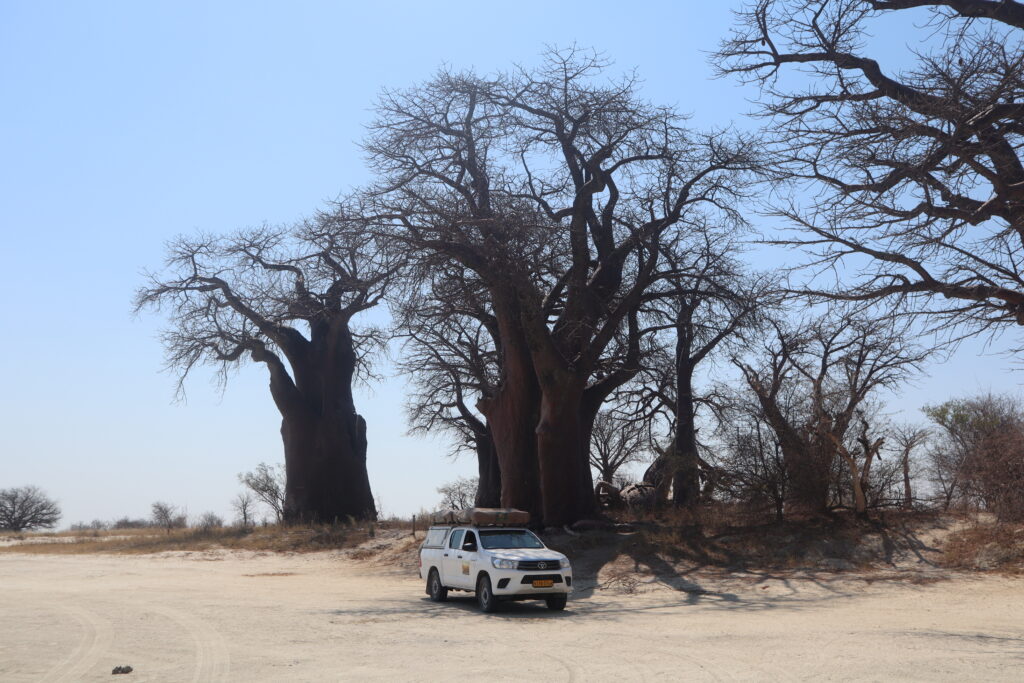

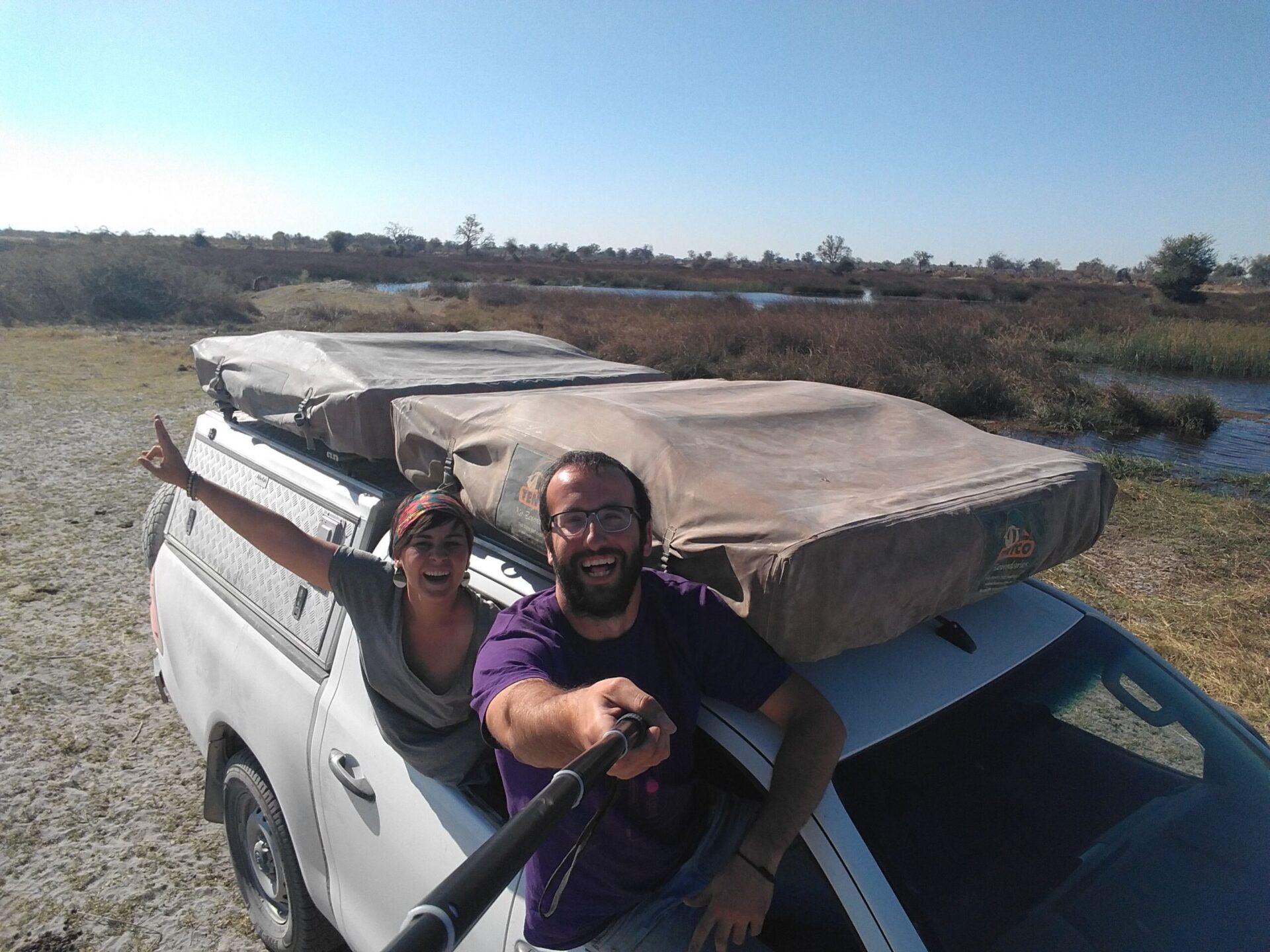

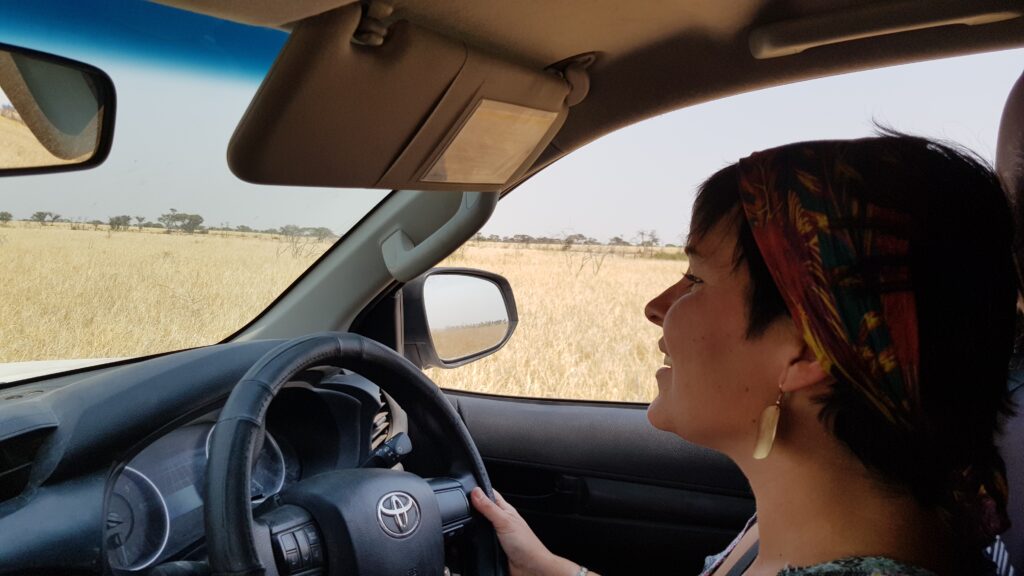

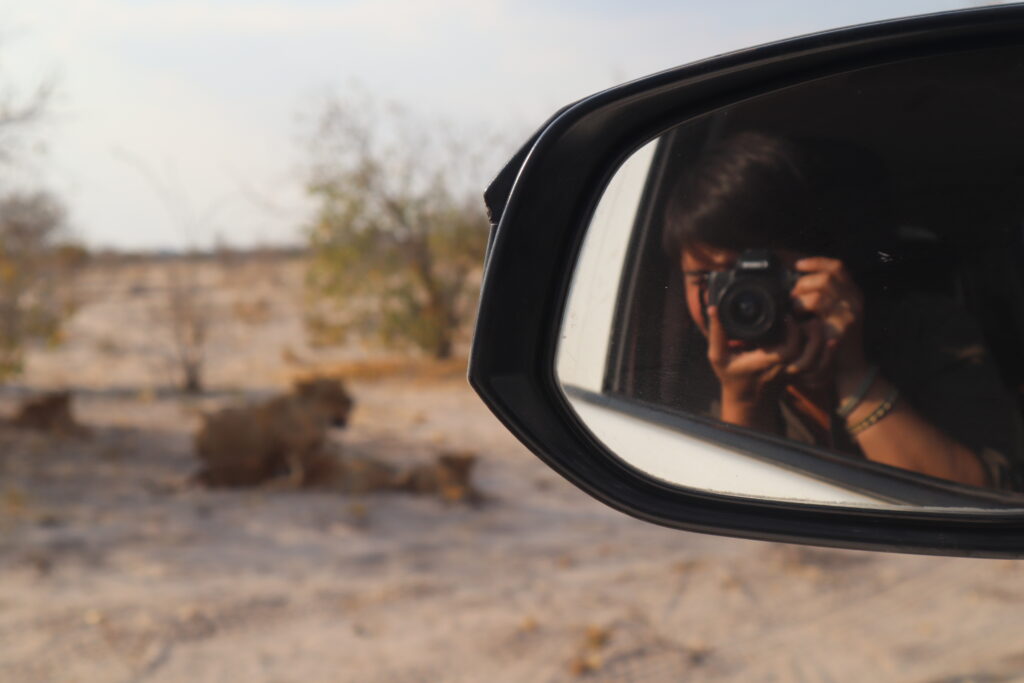
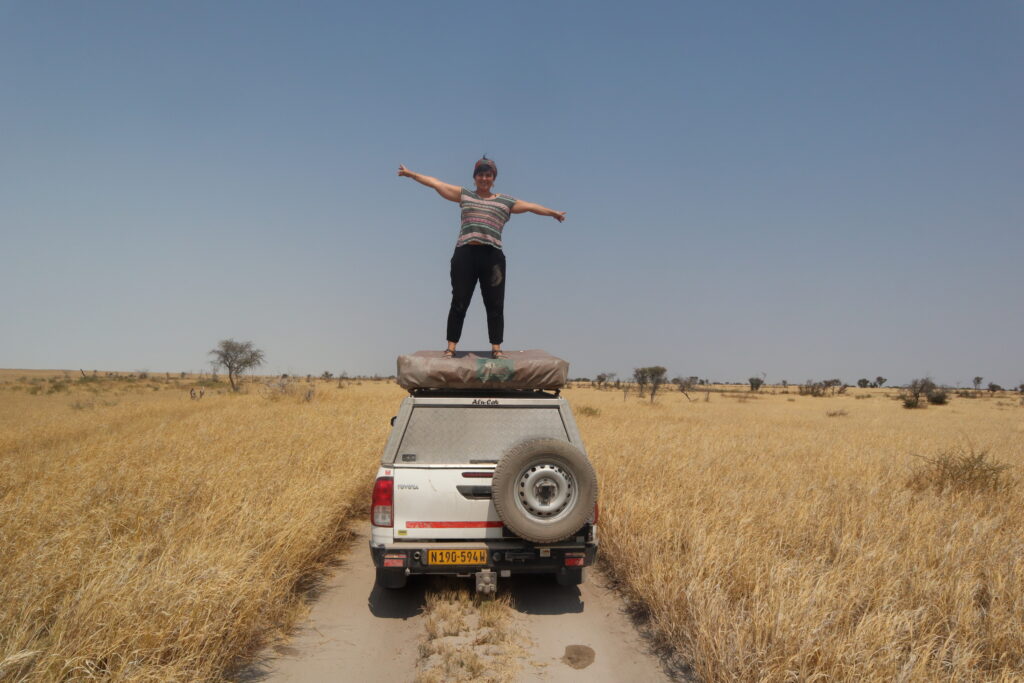






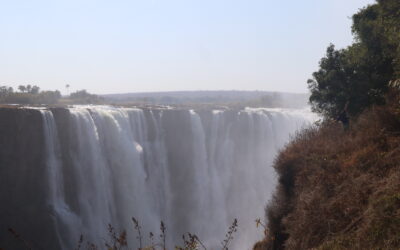
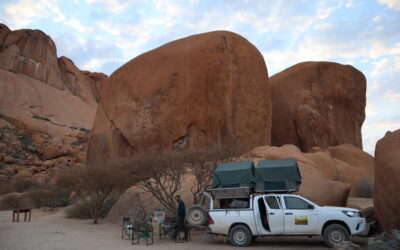
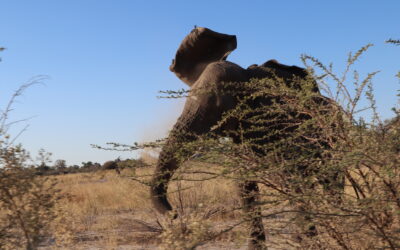

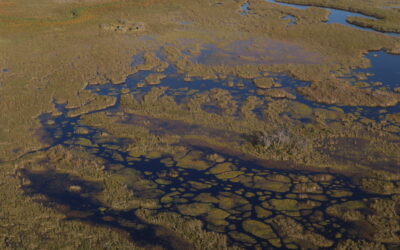
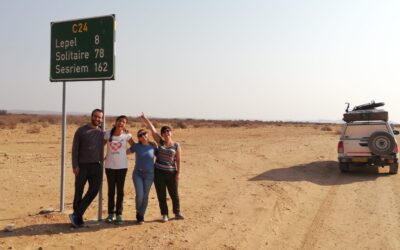
0 Comments